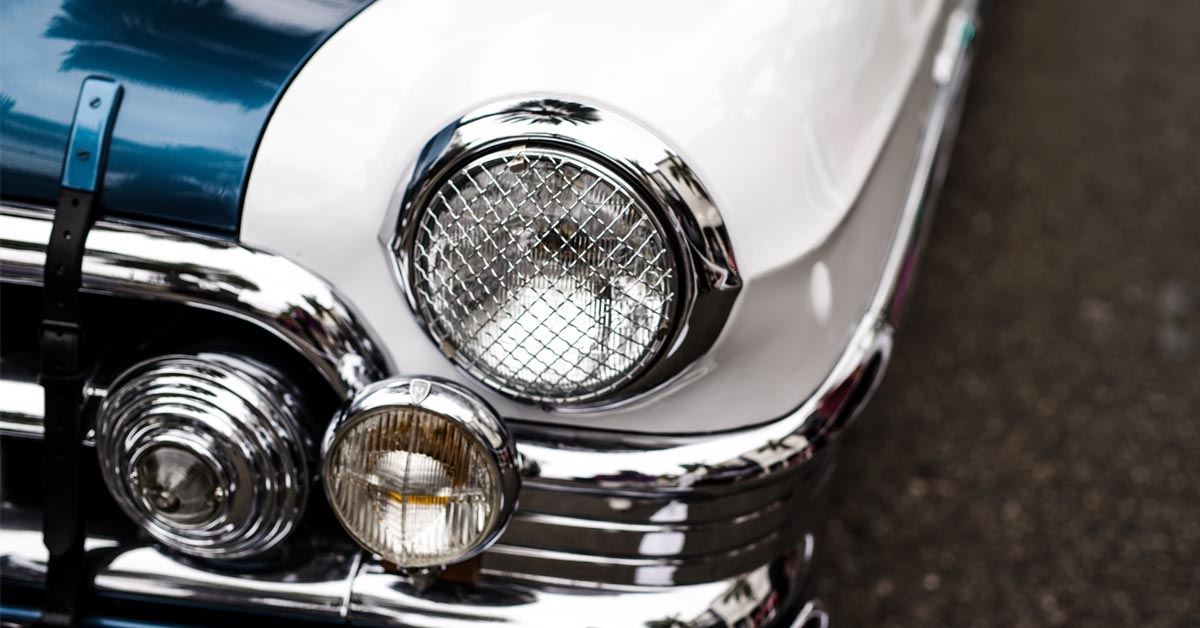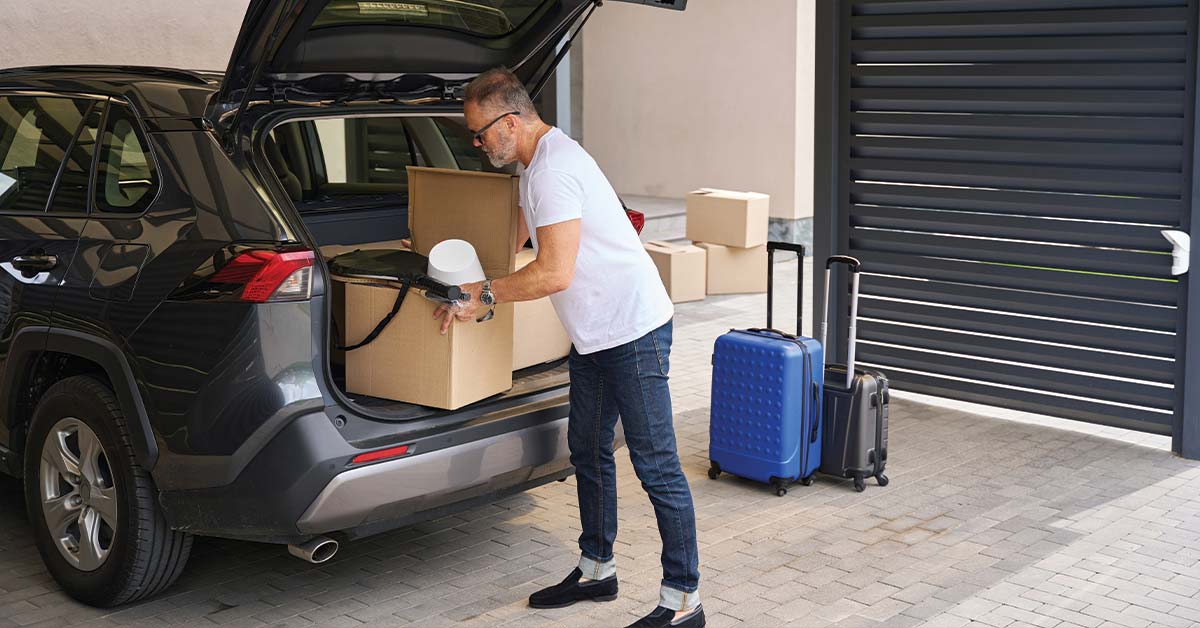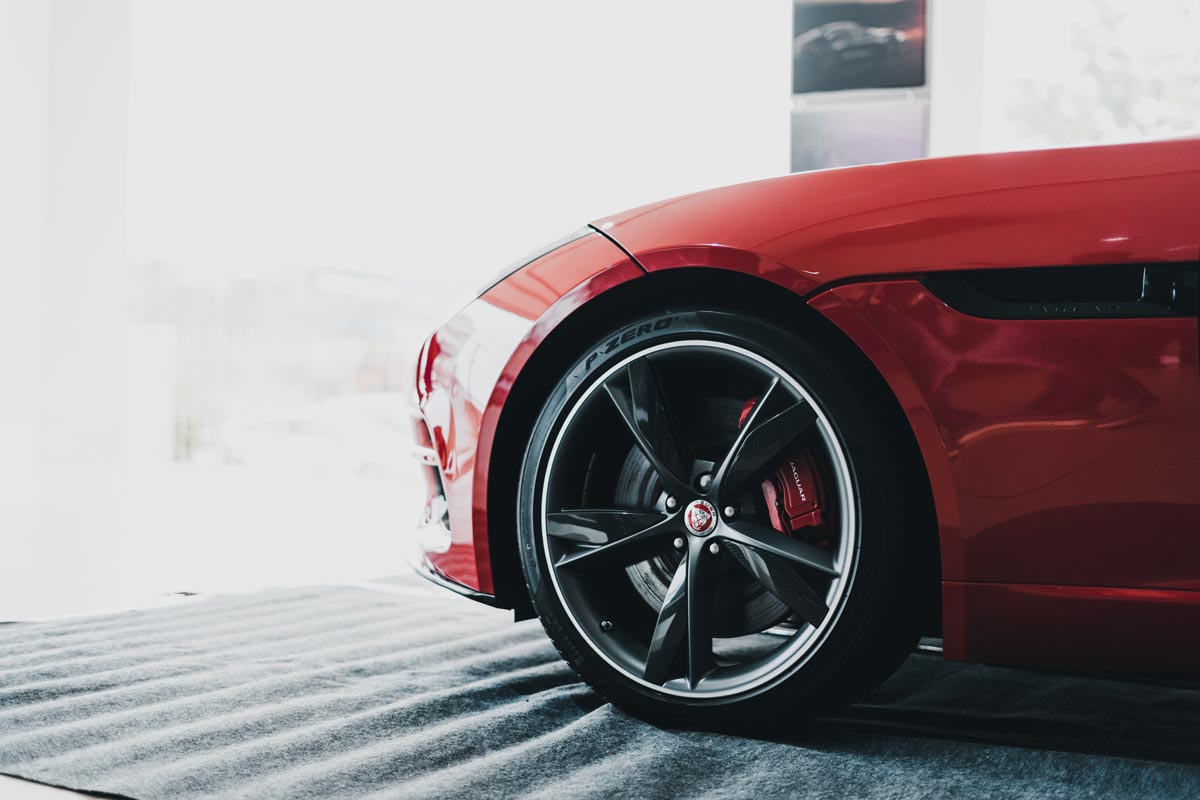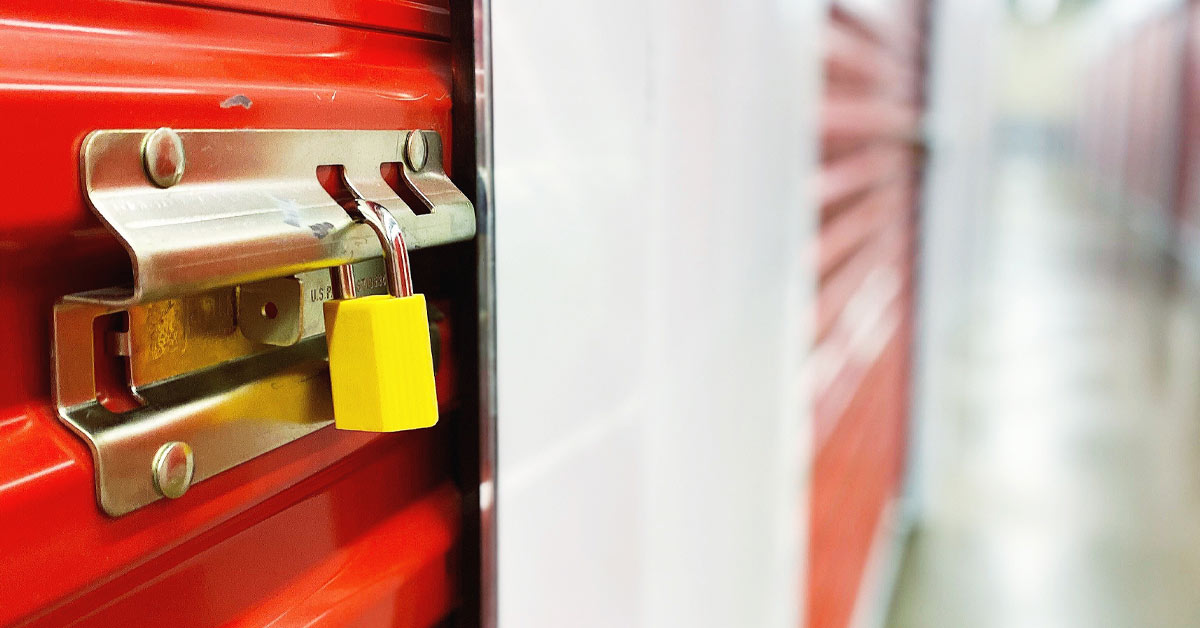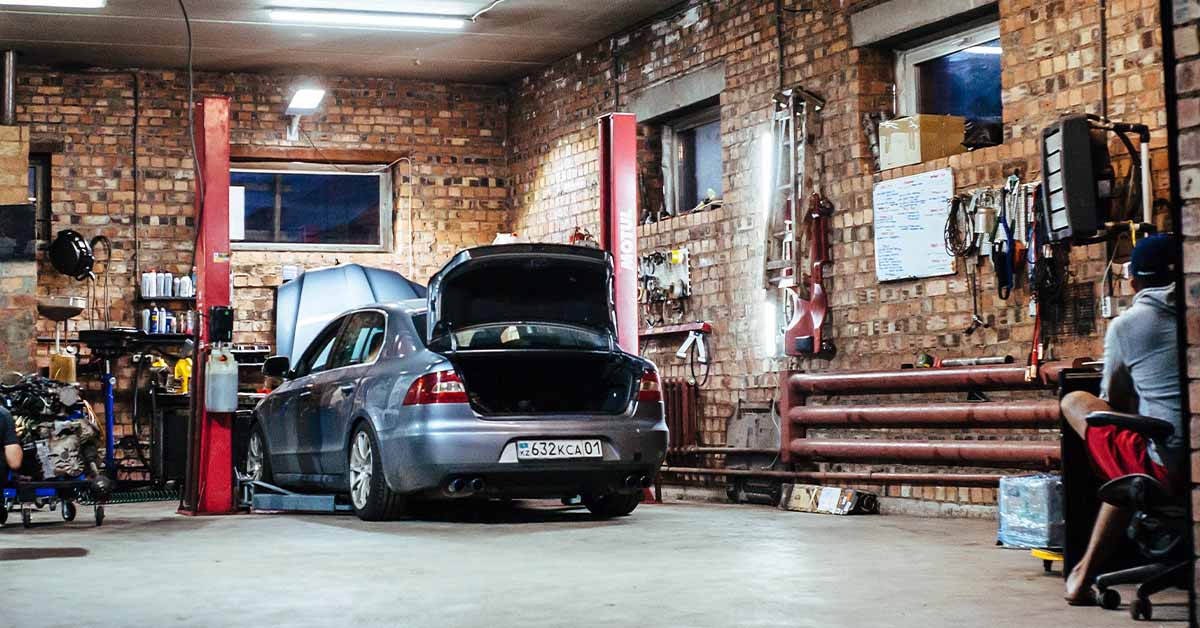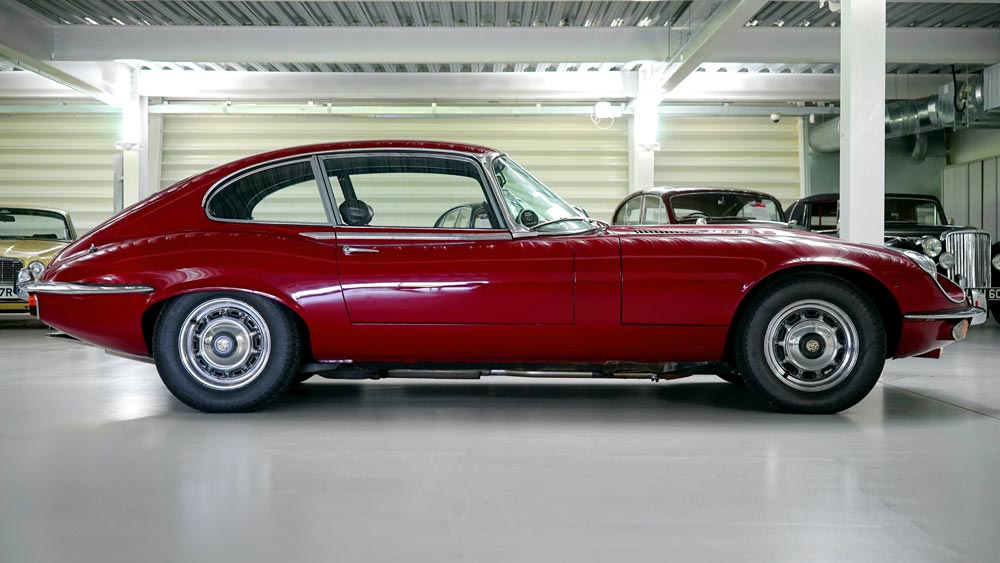If you’re an avid RVer and you live and travel in Canada, chances are climate conditions just don’t permit you to enjoy your RV all year round. When you’re facing cold rainy seasons or deep winter weather every year, getting your RV properly winterized and ready for seasonal RV storage is a necessity.
Once you’ve selected a site where you’d like to store your recreational vehicle, there’s plenty of preparation work to do before you put it away for the season. To help you get started, we’ve gathered some essential tips to help you keep your RV in tip-top shape for RV storage.
If you’re an avid RVer and you live and travel in Canada, chances are climate conditions just don’t permit you to enjoy your RV all year round. When you’re facing cold rainy seasons or deep winter weather every year, getting your RV properly winterized and ready for seasonal RV storage is a necessity.
Once you’ve selected a site where you’d like to store your recreational vehicle, there’s plenty of preparation work to do before you put it away for the season. To help you get started, we’ve gathered some essential tips to help you keep your RV in tip-top shape for RV storage.
Clean and wax your vehicle’s exterior surfaces
Exposure to sunlight can cause a lot of hazards in the long run. It can fade your vehicle’s paint job, and do damage to its rubber and vinyl components. To help prevent this, apply a thorough wash and a good coat of wax to your RV before storing it.
Reseal any tears, cracks, or openings in the body and roof of your RV
It doesn’t take much for the smallest opening to create a world of trouble. If undetected or untreated, water leaks can create mildew formation, and even structural damage to your motorhome. If you discover any suspected openings in your vehicle, seal them properly before putting it in storage.
Remove Food from the RV
It’s important to remove food or spices and such in the RV and because food and spices attract rodents and insects.
Leave rooftop vents open
Don’t like the musty smell of a dank basement? You can eliminate the potential of this unwanted odour by leaving your RV’s overhead vents open, with a vent cover installed overtop to keep the rain out.
Screen or cover any vent or pipe openings to the outside
Overlooking these areas is an open invitation to any pest large enough to infiltrate. Place special fly screens over appliances and gas vents, and pipe ends, to block pesky insects like wasps. Use expanding foam or silicone to plug openings underneath your vehicle to keep out rodents. Don’t forget to leave traps inside the RV, too, just in case!
Pay attention to security when you store your RV
Getting a specialty lock designed for your vehicle type is a smart investment, and acts as an effective theft deterrent. Thieves tend to look for the easiest targets, so make sure your RV utilizes high-quality security devices. Choose a RV storage facility with onsite security features, like surveillance cameras and high-powered outdoor lighting. Additionally, you should also keep appropriate insurance on your vehicle, in case anything happens to it while it’s in storage.
Keep your tires fully inflated to the recommended maximum pressure
To prevent weakening during storage, keep your RV’s tires inflated to the maximum pressure recommended by the manufacturer, and cover them to avoid prolonged exposure to sunlight. Give your tires a good soapy wash to get rid of the build-up they’ve acquired on the road. If possible, especially if you’re storing for the long term, raise your vehicle onto blocks or use lift jacks so that it’s not resting directly on the tires.
Place a wooden plank between the tires and the ground
If you’re not going to be using wheel blocks or jacks, make sure the parking surface you plan to use is firm and even. If the ground is made of asphalt, leave a piece of plywood underneath the tires to prevent surface oils from wearing on the tire rubber over time. You sure won’t want an unexpected blowout next time you hit the road!
Keep your RV covered
If it’s made of breathable material, it’s a good idea to place a cover over your motorhome to protect it from dirt, and from the elements if you’re storing it outside. The breathable fabric will allow enough air flow to keep mildew from growing underneath while you’re away.
Wash your vehicle’s interiors thoroughly
Giving the inside of your RV a good wash not only prepares it for the next travel season, it also rids the vehicle of any residual food particles or odours that might attract unwanted guests. This is also a good opportunity to discover small openings to the outside which can enable any such pests to pass through, such as cracks between wires or cables. When doing your cleaning and inspection, don’t make the mistake of forgetting about cupboards, drawers, and closets. After washing, leave the RV’s interiors as dry as possible to guard against mold.
Close the window shades
Prolonged exposure to the sun can leech the colours right out of your motorhome’s interior fabric, such as carpets and upholstery. Use the daylight shades to shield your vehicle from the sun’s rays, while still allowing light inside. Having at least some light filter in will have the effect of discouraging mold growth.
Keep your cabinets and closets open
You should also prop open your refrigerator door, while you’re at it. Leaving such internal components open will prevent moisture and mould buildup while you’re away. And place a box of baking soda inside the fridge for odour control.
Take out any items from your RV which can freeze
Any liquid remaining in your vehicle can easily freeze over the winter. When it thaws, it can cause damage from bursting inside pipes, and create a huge mess. This can happen to the contents of containers, too, so remove items like liquid soap, water bottles, soda pop, cleaners, etc.
Remove your RV’s batteries
It’s important not to allow your batteries to freeze, so disconnect them and store them safely above ground in a dry, separate area with a heat source. Also, like fuses, dry cell batteries can passively consume power, even if the appliance in question is turned off. Check items like clocks and radios, and remove the batteries from these devices. This also eliminates the risk of battery corrosion, which can occur if such items are not in use for long periods of time.
On a final note, it’s still a good idea to go and check on your trailer or motorhome every once in a while, just to make sure everything is in order. This is especially true if you’re storing outdoors. After all, security cameras onsite won’t be able to alert you to things like a slow tire leak or minor damage caused by a storm. You’ll also want to verify that there are no unexpected moisture leaks or pest infiltration that occurred during your absence, so be on the lookout for signs of chewing, droppings, or water flows inside the vehicle.
By taking proactive storage measures for your vehicle, especially in combination with the occasional check-up, your RV should be just as you left it. You’ll be good to go when the travel season rolls around again!

